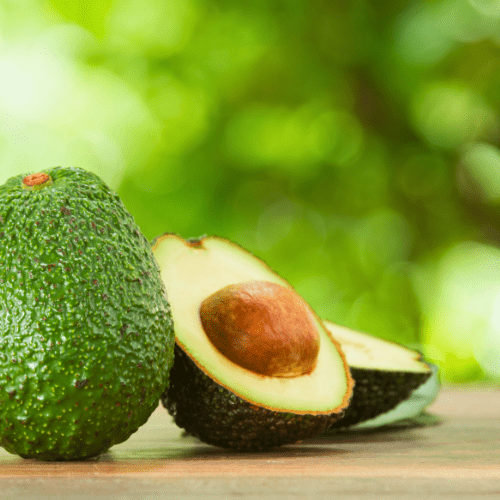Position
The Ryan avo tree likes plenty of sunshine and rain and prefers to be sheltered from the wind as far as possible. When mature, it is large, so allow an area of about 7 metres around each tree. Dig a deep and wide hole for the feeder roots to spread wide. Nourish all of the soil that will be put back into your hole.
Size
Ryan avocado trees can grow to between 6 and 12 metres tall.
Soil Type
Although this avo tree likes to have a lot of water, the soil should drain well. This prevents the roots from becoming soggy, which will only cause them to rot and die. Sandy, loamy soil with a pH of between 5.0 and 7.0 is ideal. Plant with at least one bag of acid compost.
Mulch
Apply organic mulch to your Avo tree all year round.
Use from 2 to 5 centimetres of pine bark mulch to protect the roots from UV damage and drying out. It retains moisture, and maintains an optimal pH. Do not let the mulch touch the plant stem, as it may cause infection or rot.
Watering
They require plenty of water to flourish. A full-grown tree may take up to 75 litres of water a day. Under normal conditions, water your tree 2 or 3 times a week. If there has been a dry spell, water them more often.
Fertilising
Fertilise your avo tree in spring, summer and autumn by sprinkling one tablespoon of nitrogen on the soil under the tree. Then, water it well so the nitrogen can soak deep into the ground.
Our high nitrogen slow-release berry fertiliser (all plant) works well with all plants and trees. 1 teaspoon every 4-5 months.
Pruning
Prune your tree with clean equipment, and don’t prune a healthy tree with the same tools you used for a sick tree. Generally, remove horizontal branches that are close to the ground and dead or diseased limbs. Keep the canopy fairly open to allow light to enter and to make it easier to access. A light pruning can be done at any time of year. A heavier prune should be done late in winter or early in spring.
Harvesting
Broadly speaking, it’s best to pick the largest fruits first and then allow them to ripen off the tree before they fall to the ground. Still, leaving them on the tree for as long as possible is good, as immature fruits won’t ripen after they’ve been picked. So, keep an eye on your tree and try to feel the avos you can reach to check that they are not too soft.






